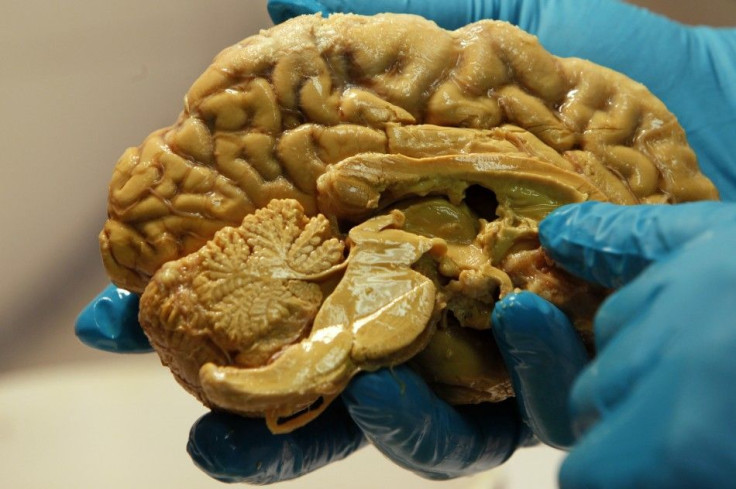Exercise Improves Brain Health, Could Lead To New Alzheimer’s And Parkinson’s Treatments

Researchers have discovered why exercise improves brain function. Endurance exercise, such as distance running or cycling, releases a protein that improves brain health while promoting the growth of nerves associated with learning and memory.
The research was led by Bruce Spiegelman of the Dana-Farber Cancer Institute and Michael Greenberg of Harvard Medical School. The study was published in the journal Cell Metabolism. According to the researchers, exercise, especially endurance exercise, has been shown to improve cognitive function, such as awareness or memory recall, but the mechanism behind that brain-health boost is unknown. The researchers discovered higher levels of the protein FNDC5, released into the bloodstream as irisin, in exercising mice.
The experiment involved mice running on a wheel for 30 days, and the researchers discovered PGC-1α, a metabolic regulatory molecule, that led to the rise in FNDC5 levels. PGC-1α is also found in humans, and previous research suggests the the molecule may play a role in coordinating the “activation of metabolic genes in human muscle in response to exercise.” Another study suggests PGC-1α could play a role in controlling blood pressure and the development of obesity.
PGC-1α increased FNDC5 levels, which led to an increase of a brain-derived neurotrophic factor, BDNF, or a “brain-health protein.” According to the researchers, exercise stimulates BDNF expression in the hippocampus, the part of the human brain associated with memory and learning, and one of only two areas that generates new nerves and cells -- the other being the subventricular zone.
BDNF is important as it promotes the growth of new neurons and synapses, necessary to create new connections in the brain, as well as preserving existing neurons and synapse. Increasing BDNF expression could, in theory, improve brain health and slow Alzheimer’s or Parkinson’s.
After identifying PGC-1α, researchers isolated FNDC5, attaching the protein to a harmless virus and delivering it into the bloodstream of mice that were not exercising. Spiefelman and Greenberg wanted to see if inserted FNDC5 could trigger the same response in nonexercising mice as it did in exercising mice. After seven days, the inserted FNDC5 made its way to the brain and nonexercising mice had increased levels of BDNF. “Perhaps the most exciting result overall is that peripheral delivery of FNDC5 with adenoviral vectors is sufficient to induce central expression of Bdnf and other genes with potential neuroprotective functions or those involved in learning and memory,” the researchers said in a statement.
This is just the beginning for Spiegelman and Greenberg as FNDC5 may just be one of several proteins that affect BDNF expression. Other research would determine if FNDC5 boosts cognitive function in animals, and if it was FNDC5 or its variant, irisin, that made its way to the brain. After that, the process of developing a drug will require some work as the researchers would need to develop a stable form of irisin.
Despite the government shutdown, a $45 million grant was approved to test a drug that could prevent Alzheimer’s in adults that were most at-risk for the disease.
© Copyright IBTimes 2025. All rights reserved.






















